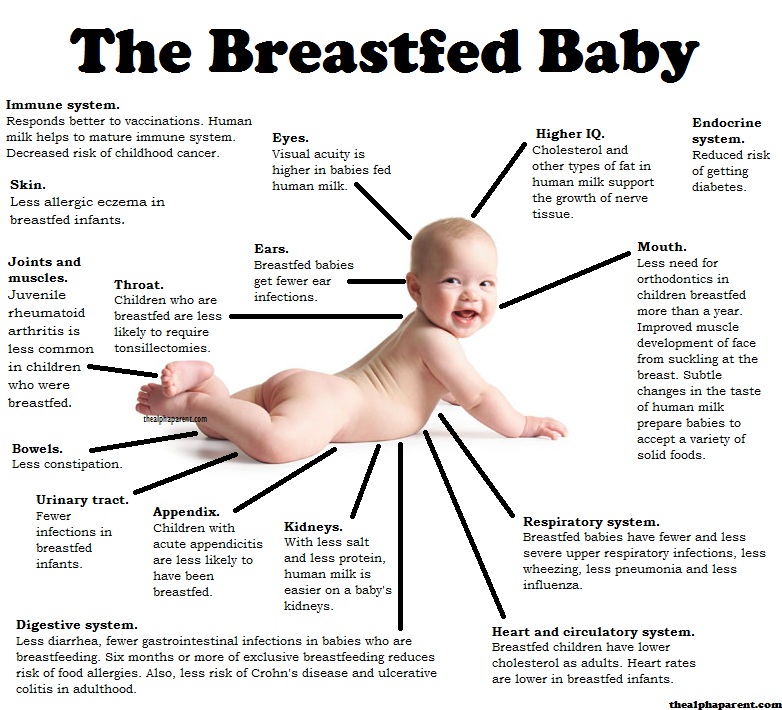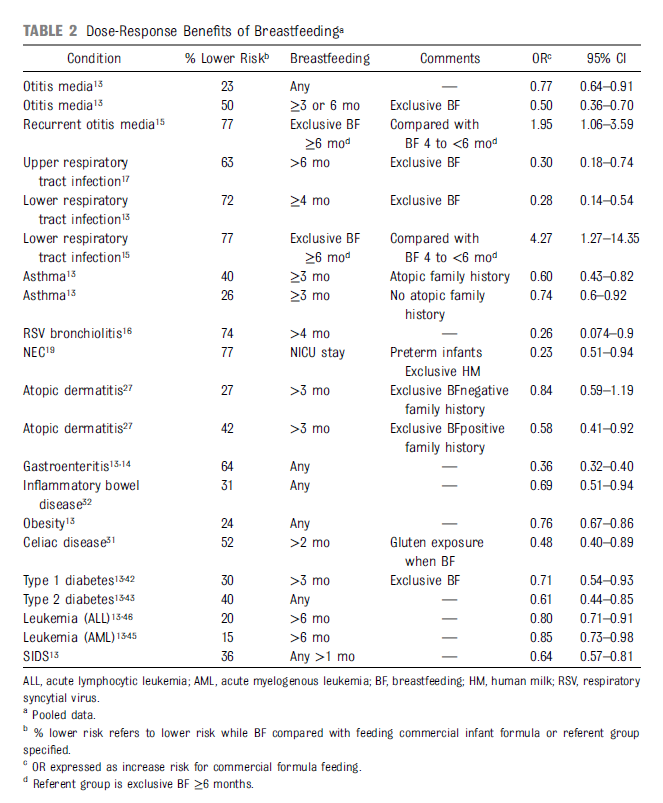 New guidelines from the American Academy of Pediatrics presented in the March 2012 issue of the journal Pediatrics say that every infant should begin life with six months of exclusive breastfeeding, followed by a minimum of another six months with other foods being gradually added to the child’s diet.
New guidelines from the American Academy of Pediatrics presented in the March 2012 issue of the journal Pediatrics say that every infant should begin life with six months of exclusive breastfeeding, followed by a minimum of another six months with other foods being gradually added to the child’s diet.
“Recently, published evidence-based studies have confirmed and quantitated the risks of not breastfeeding,” the authors stated.
“Thus, infant feeding should not be considered as a lifestyle choice, but rather as a basic health issue. As such, the pediatrician’s role in advocating and supporting proper breastfeeding practices is essential and vital for the achievement of this preferred public health goal.”
Estimates have suggested that more than 900 infant deaths per year in the United States could be prevented if 90% of mothers breastfeed exclusively for six months, the authors wrote. Other positive outcomes linked to breastfeeding include:
- 72% reduction in hospitalization for respiratory infections
- 64% reduction in the incidence of gastrointestinal infections
- 58% to 77% reduction in the incidence of necrotizing enterocolitis
- 36% to 45% reduction in the risk of sudden infant death syndrome
- 27% to 42% reduction in the incidence of asthma, atopic dermatitis, and eczema
- 52% reduction in the risk of celiac disease
- 31% reduction in the risk of inflammatory bowel disease
- 15% to 30% reduction in the incidence of obesity in adolescences and adulthood
- 15% to 20% reduction in the risk of childhood leukemia and lymphoma
The authors cited evidence that breastfeeding also improves neurological development and helps build the child’s internal immunity defenses in preterm infants.
Other studies have linked breastfeeding to improved postpartum blood loss and recovery of the uterus in the mother. Mothers who breastfeed have a greater likelihood of return to pre-pregnancy weight and a reduced risk of type 2 diabetes, rheumatoid arthritis, hypertension, cardiovascular disease, and breast and ovarian cancer.
The guidelines also urged pediatricians to be advocates for breastfeeding and provides them with a review of evidence suggesting that a breastfeeding-friendly work environment helps reduce employers’ healthcare expenditures, employee absenteeism and turnover, and improve employee morale and productivity.
If you or someone you know is having problems breastfeeding, consider chiropractic care. Numerous studies have shown gentle chiropractic adjustments can help with suboptimal breastfeeding. Miller et al. performed a clinical case series of chiropractic care for 114 infants with hospital- or lactation-consultant-diagnosed nursing dysfunction. The average age at first visit was three weeks. All infants in the study showed some improvement, with 78 percent able to exclusively breastfeed after two to five treatments within a two-week period.
Miller JE, Miller L, et al. Contribution of chiropractic therapy to resolving suboptimal breastfeeding: A case series of 114 infants. J Manipulative Physiol Ther 2009;32(8):670-674.








